Recovery from addiction isn’t just about breaking physical dependence—it’s about healing emotional wounds that run deeper than any detox protocol can reach, restoring inner balance, and reconnecting with the self. While therapy and medication remain crucial foundations, many people in recovery are discovering how flower essences—gentle vibrational remedies—can support their emotional and spiritual well-being throughout the healing journey, like a quiet companion walking beside them through difficult terrain.
Though often confused with essential oils or herbal medicine, flower essences work differently. They’re energetic remedies that focus on healing emotional and psychological patterns rather than physical symptoms. In holistic rehab settings, they’re being explored as gentle tools for easing anxiety, calming cravings, and supporting emotional release.
In this article, we’ll explore what flower essences are, how they work, and how they can support people navigating the complex terrain of addiction recovery.
What Is Flower Therapy in Holistic Rehab?
Flower therapy, also known as flower essence therapy, uses liquid infusions made from the energetic imprint of flowers. Unlike essential oils, flower essences don’t contain fragrance or plant material. Instead, they capture the subtle vibrational energy of a flower—think of it as bottling the essence of what a flower represents rather than its physical properties—believed to influence the body’s emotional and energetic systems.
The most well-known system of flower essences was created by Dr. Edward Bach, a British physician and homeopath in the 1930s. Dr. Bach believed that emotional balance was key to physical health and that flowers held specific energetic patterns needed to restore harmony.
Today, hundreds of flower essences are used to support various emotional states—fear, grief, guilt, anger, and low self-worth. All of which show up frequently in addiction recovery.
How Do Flower Essences Help in Addiction Recovery?
Flower essences work on the principle that our emotional health is deeply connected to our energy. When trauma, addiction, or chronic stress disturb this balance, we may feel stuck in patterns that block healing and keep us cycling through destructive behaviors—like emotional loops we can’t quite step out of. Flower essences aim to gently shift these patterns and support emotional processing from the inside out, working more like a tuning fork that helps restore harmony than a hammer that forces change.
Flower essences are typically taken by mouth (a few drops under the tongue or in water) or applied to pulse points. Because they are vibrational in nature and work on an energetic rather than biochemical level, they are non-toxic, non-addictive, and safe to use alongside medication or therapy—an important consideration for those in recovery.
While scientific research on flower essences is still emerging, users often report benefits such as:
- Feeling more emotionally grounded and centered
- Greater resilience during cravings or emotional triggers
- Improved self-awareness and mood stability
- A deeper sense of peace, clarity, or inner balance
- Enhanced ability to process difficult emotions without feeling overwhelmed
It’s important to note that flower essences are not a replacement for evidence-based addiction treatment. They work best as a complementary approach within a comprehensive recovery program that includes counseling, medical support, and peer connection.
Why Use Flower Essences in Recovery?
In holistic rehab programs, the goal is to treat the whole person—body, mind, and spirit. Flower essences fit naturally within this approach for several reasons.
They’re gentle and non-invasive. Unlike medications that can have side effects or contraindications, flower essences work subtly on the emotional and energetic body—more whisper than shout. They don’t interfere with other treatments and carry no risk of dependency, which matters deeply for anyone in addiction recovery.
Recovery requires facing suppressed feelings and trauma—the emotional baggage we’ve been carrying in locked suitcases for years. Flower essences can help people stay present with difficult emotions without becoming overwhelmed or returning to substance use as a coping mechanism.
They’re also remarkably simple to use—just a few drops several times a day. This ease makes them practical for daily self-care routines, empowering individuals to take an active role in their emotional healing without adding complexity to an already demanding recovery process.
Flower essences work well alongside therapy, mindfulness practices, yoga, meditation, and medication. They can be woven into group sessions, individual counseling, or personal reflection time to deepen emotional insight and encourage release.
Perhaps most importantly, flower essences can be customized. Every person’s recovery journey is unique, and essences can be tailored to specific emotional patterns—whether someone struggles with shame, fear of change, boundary issues, or unprocessed grief. Some holistic rehab programs offer consultations with trained flower essence practitioners who create personalized blends for each client’s emotional landscape.
Which Flower Essences Are Most Used for Recovery?
Several specific flower essences have become particularly popular in addiction recovery settings. Here are some of the most frequently used:
Rescue Remedy is a combination of five Bach flower essences—Star of Bethlehem, Rock Rose, Impatiens, Cherry Plum, and Clematis. It’s used to calm acute stress, panic, or emotional overwhelm. Many in recovery use it during high-stress moments, cravings, or before difficult conversations or therapy sessions.
Agrimony helps those who hide their inner struggles behind a smile or use substances to avoid emotional pain—the people who seem fine on the outside while storms rage within. It encourages honest self-expression and emotional release, supporting individuals in facing their authentic feelings rather than masking them.
Star of Bethlehem supports the healing of deep trauma and grief—the old wounds that never quite closed properly. Especially helpful for those with unresolved emotional pain driving their substance use.
Cherry Plum helps when someone feels on the verge of losing control or fears they might relapse—that sensation of standing at the edge of a cliff emotionally. Useful for managing impulsive urges, emotional outbursts, or the intense anxiety that can arise during early recovery.
Centaury supports individuals who have trouble setting boundaries or who fall into people-pleasing behaviors—common traits in those recovering from codependency or addiction. Centaury helps strengthen one’s sense of self and ability to say no.
Walnut is ideal during times of transition and change—when you’re shedding an old skin and growing a new one. It helps protect against outside influences and supports individuals as they break old patterns and establish new, healthier ways of being.
Crab Apple, often called the “cleansing remedy,” helps those struggling with shame, self-disgust, or feeling “contaminated” by their past actions—emotions that commonly arise during recovery.
These essences can be used individually or blended into custom formulas based on a person’s unique emotional patterns and recovery needs.
Can You Use Flower Essences with Traditional Treatment?
Yes—flower essences are designed to complement, not replace, traditional addiction treatment approaches. One of the key advantages of using flower essences in recovery programs is their compatibility with other therapies and medications.
Flower essences work on an energetic and emotional level rather than a biochemical one. This means they don’t interact with medications like antidepressants, anti-anxiety medications, or medications used for substance use disorder such as buprenorphine or naltrexone. They also don’t interfere with psychotherapy, cognitive-behavioral therapy (CBT), or other evidence-based counseling approaches.
In fact, many holistic treatment centers intentionally integrate flower essence therapy alongside:
- Individual and group therapy
- Medication-assisted treatment (MAT)
- 12-step or alternative peer support programs
- Mindfulness and meditation practices
- Yoga and body-centered therapies
- Nutritional counseling and wellness planning
- Art or music therapy
The gentle nature of flower therapy makes it an ideal complement to comprehensive recovery programs. It can support the emotional processing that occurs in therapy sessions, help individuals manage stress between appointments, and provide a tangible self-care tool they can use independently.
However, it’s essential to inform all members of your treatment team—therapists, doctors, and counselors—about any complementary therapies you’re using, including flower essences. While they’re safe, transparency ensures coordinated, holistic care.
How to Get Started with Flower Essences
If you’re curious about trying flower essences as part of your recovery journey, here are some practical steps:
Start with Rescue Remedy. It’s widely available at health food stores, online, and even some pharmacies. It’s helpful in moments of stress, overwhelm, cravings, or anxiety and offers a gentle introduction to how flower essences feel.
Consider working with a practitioner. A certified flower essence practitioner or holistic therapist can help you choose remedies based on your personal emotional needs and recovery challenges. Many practitioners offer virtual consultations, making this support accessible regardless of where you live.
Be consistent. Take a few drops three to four times a day for several weeks to allow the essences to work. Flower therapy is subtle and cumulative—changes often emerge gradually rather than dramatically, like watching a garden grow rather than flipping a light switch. Pay attention to subtle shifts in mood, thought patterns, and how you respond emotionally.
Journal your experience. Writing down how you feel each day can help you track changes and insights that emerge over time—like leaving breadcrumbs along your healing path so you can see how far you’ve traveled. Note any patterns, emotional releases, dreams, or shifts in how you respond to triggers or stressors.
Combine flower essences with other practices. They work beautifully alongside meditation, breathwork, journaling, nature walks, or gentle movement. Creating a holistic self-care routine amplifies the benefits and supports your overall healing.
Give it time. Emotional healing is a process, not an event. Allow at least two to four weeks of consistent use before evaluating whether a particular essence or blend is helpful. Some people notice changes within days, while others experience more subtle shifts over time.
Final Thoughts
Addiction recovery is a process of profound transformation—and that means healing the emotional and spiritual wounds that often go unspoken. Flower therapy offers a gentle, supportive way to nurture the heart, calm the mind, and guide the soul back into balance.
While flower essences are not a standalone treatment for addiction, they can be a beautiful companion to therapy, mindfulness, medical care, and peer support. In the quiet wisdom of flowers, many find the emotional support they didn’t know they needed—a soft place to land while doing the hard work of recovery.
For those willing to approach healing with openness and patience, flower therapy can unlock emotional doors that traditional approaches sometimes miss. It’s not magic, but it is gentle medicine at its finest: honoring the body’s innate wisdom, supporting emotional release at a sustainable pace, and reminding us that healing happens not just in the mind, but in the heart and spirit too.
Have you explored flower essences or other natural therapies in your recovery journey? What gentle practices have supported your emotional healing?
Frequently Asked Questions About Flower Therapy in Holistic Rehab
Q: What is flower therapy in holistic rehab?
A: Flower therapy, or flower essence therapy, is a natural healing modality that uses vibrational remedies made from flowers to support emotional and mental wellness. In holistic rehab settings, flower essences help address emotional patterns like anxiety, trauma, shame, and fear that often underlie addiction.
Q: Is flower therapy effective for emotional healing in recovery?
A: While research is still emerging, preliminary studies suggest flower essences may reduce anxiety and improve emotional clarity when used alongside traditional treatment. Many individuals in recovery report feeling more emotionally grounded, resilient during triggers, and better able to process difficult emotions. However, flower therapy should complement—not replace—evidence-based addiction treatment.
Q: How do flower essences differ from essential oils?
A: Flower essences are vibrational remedies that contain the energetic imprint of flowers but no physical plant material or fragrance. Essential oils are concentrated plant extracts used primarily for aromatherapy. Flower essences work on emotional and energetic levels, while essential oils work through scent and topical application.
Q: Can I use flower essences with my medications?
A: Yes. Flower essences work on an energetic rather than biochemical level, so they don’t interact with medications including antidepressants, anti-anxiety medications, or medications for substance use disorder. However, always inform your treatment team about any complementary therapies you’re using.
Q: What are the best flower essences for recovery and stress?
A: Popular flower essences for addiction recovery include Rescue Remedy (for acute stress and overwhelm), Star of Bethlehem (for trauma and grief), Agrimony (for emotional honesty), Cherry Plum (for feeling out of control), and Centaury (for boundary issues). A certified practitioner can help you choose essences tailored to your specific emotional needs.
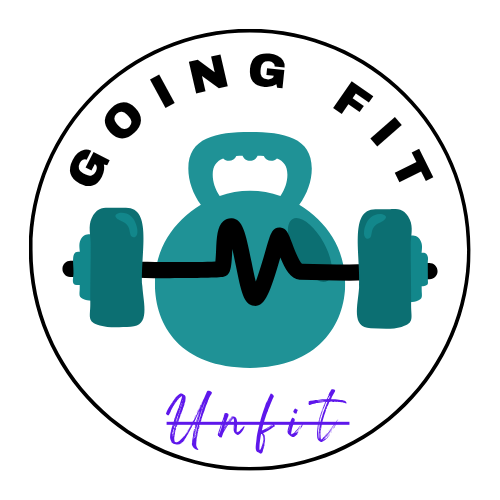
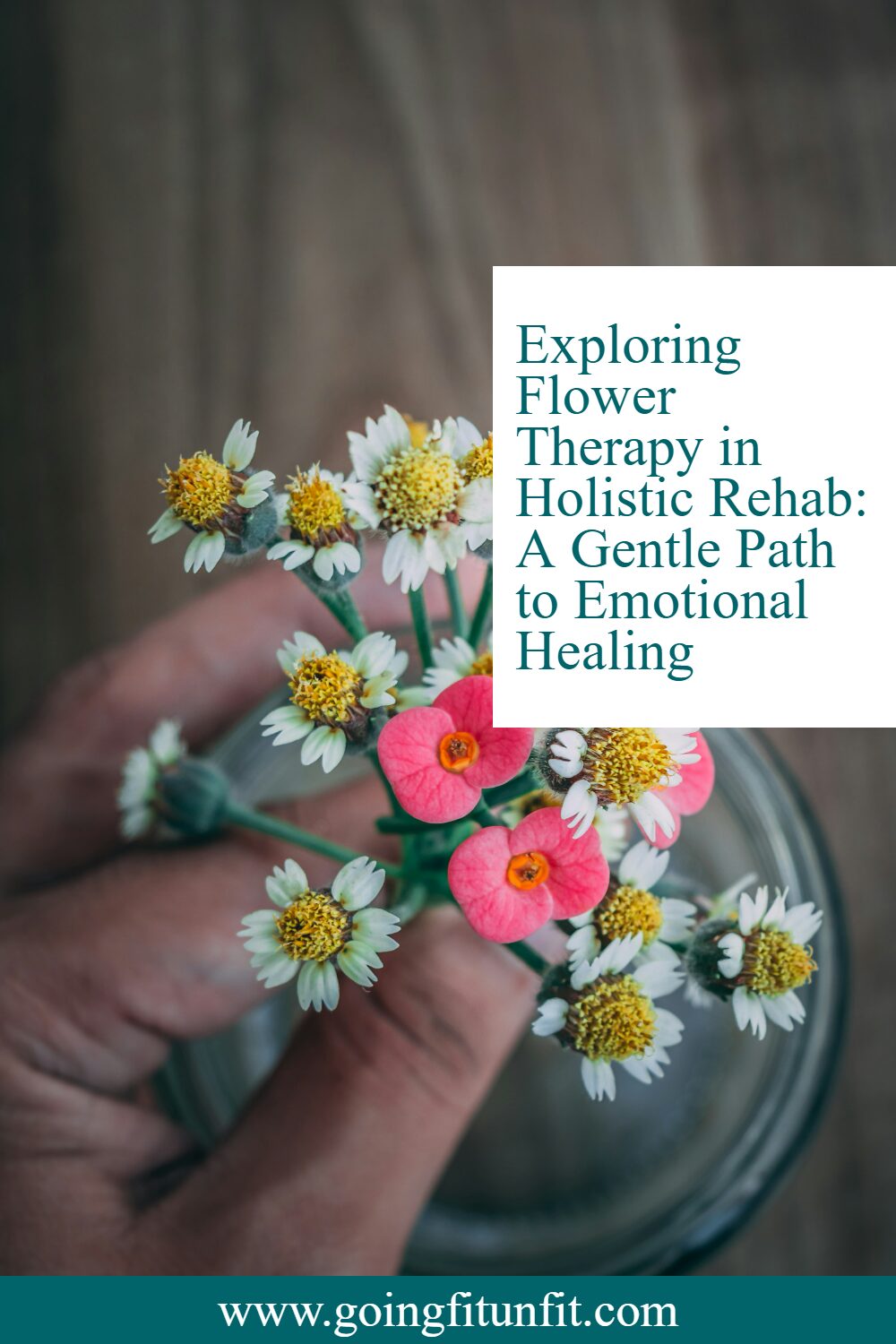


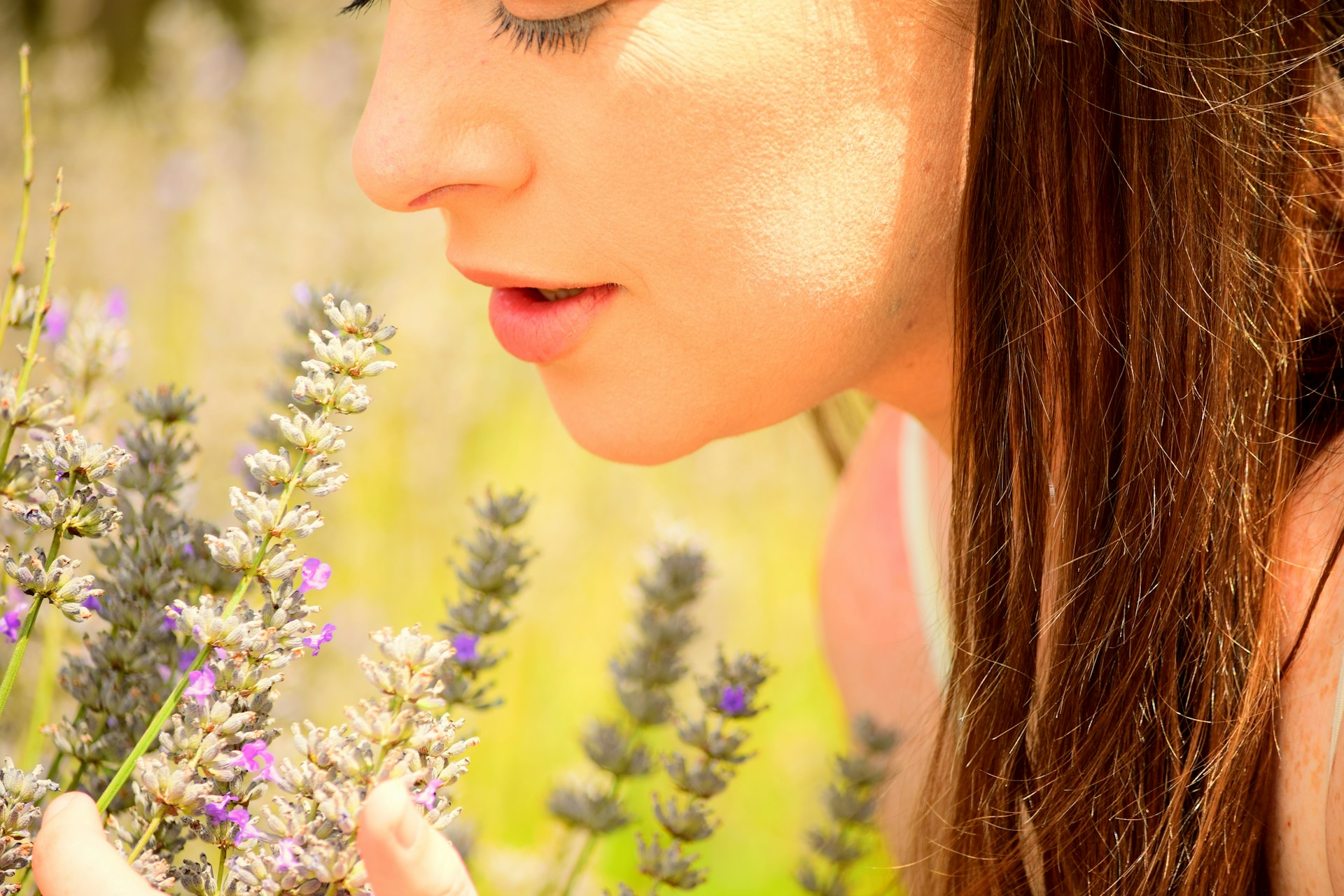


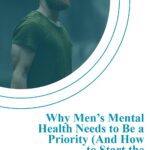






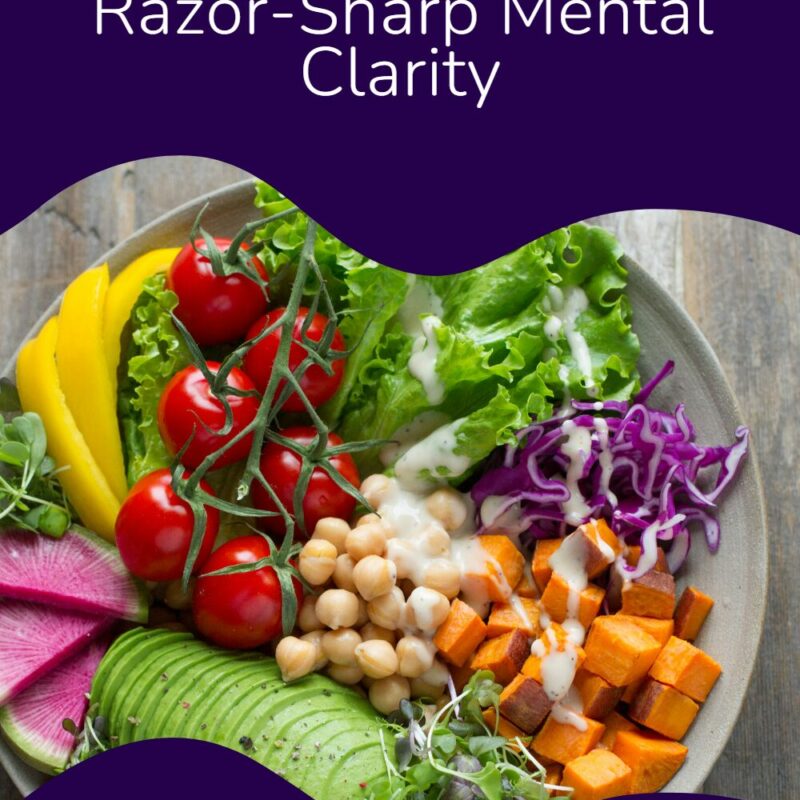

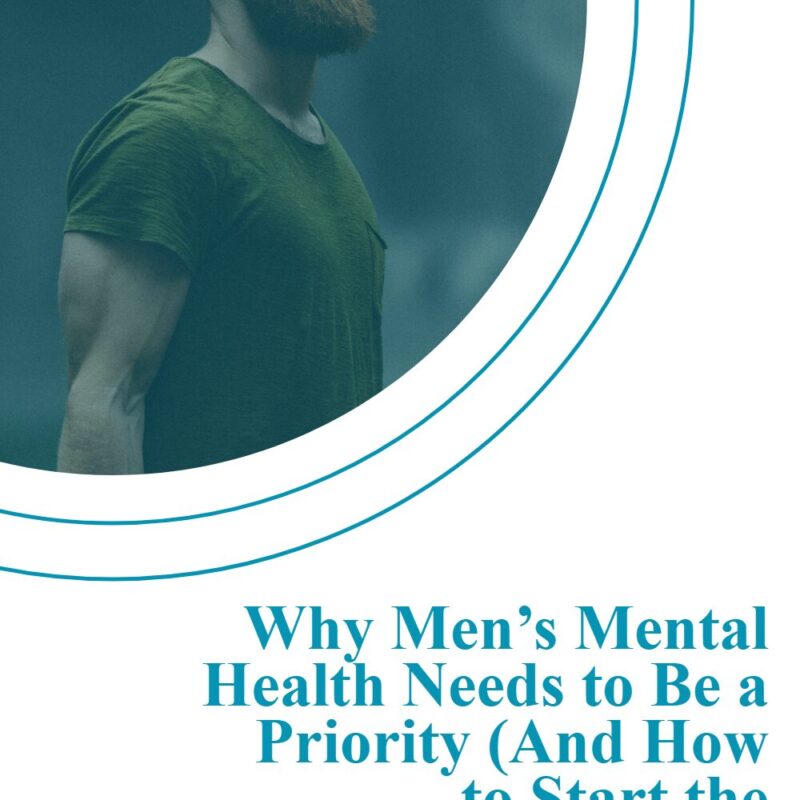
Leave a Reply